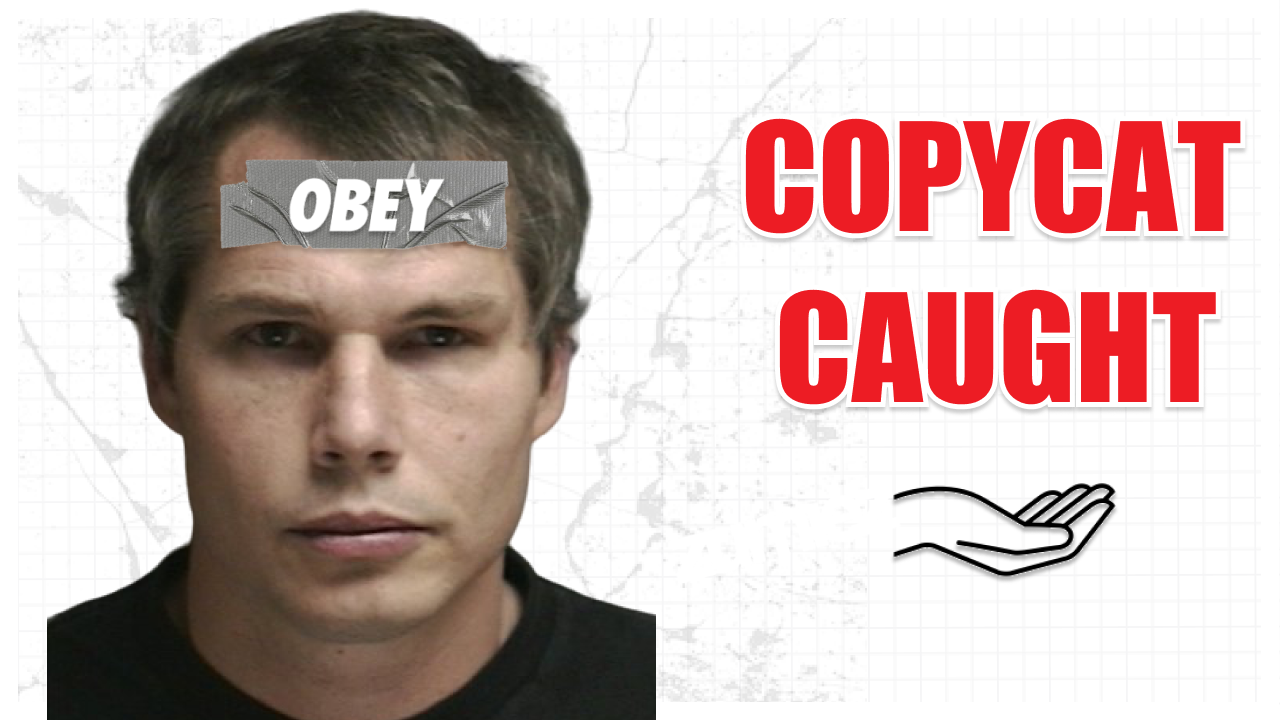A Lesson in Staying Relevant With Obey
Obey was one of the streetwear brands. Back in the early 2000s, if you were into street culture, you probably owned an Obey hoodie or tee. It sat right next to brands like Mishka, Alife, 10.Deep, and was a go to for skaters, punks, and rebels who wanted to wear something with meaning. The brand end up falling and I will explain today how to not repeat it by using Boosting social media engagement.

But if you look around today, where’s Obey?
What used to be a cultural statement is now just another logo on clearance racks. The hype is gone. The movement died.
This isn’t just a story about one brand—it’s a lesson for anyone trying to build a streetwear brand, run a business, or figure out how to stay relevant in a world that moves fast.
If you’re trying to grow your own brand and keep it from fading, pay attention.
1. Obey Wasn’t Just a Brand It Was a Movement
Obey started as a guerrilla art campaign. Shepard Fairey, a student at Rhode Island School of Design, began plastering stickers of wrestler Andre the Giant’s face all over the city. The sticker didn’t say much— ust Andre the Giant Has a Posse but people noticed it. It created curiosity.
That curiosity was the spark.
This wasn’t just a sticker it was a message, a mystery. It made people stop, think, and talk. That’s exactly how you get people engaged today. Boosting social media engagement is about making people curious first, selling later.
What You Can Learn:
- Make people talk before you sell them anything. A strong message will always create demand.
- A movement will always last longer than a product. Products get old. Culture lasts.
- Boosting social media engagement starts with curiosity. If people don’t care enough to share, your brand won’t grow.
2. Obey’s Transition to Streetwear Was Perfect At First
As Obey’s message spread, it became more than just stickers and posters. The same people rocking Supreme, The Hundreds, and Stüssy started wearing Obey hoodies, tees, and snapbacks.
It wasn’t just about fashion. Wearing Obey meant something. It meant you were questioning authority, standing for something bigger than just trends. That’s why it worked.
What You Can Learn:
- Aesthetic isn’t enough. If your brand doesn’t stand for something, it’ll fade out fast.
- People buy into brands that align with their values. What do your customers actually care about?
- Engagement is about emotion. If your audience feels something about your brand, they’ll keep coming back.
3. The Moment It Changed: The Hope Poster
2008 was a huge moment for Shepard Fairey. He designed the now-famous HOPE poster for Barack Obama’s presidential campaign. The poster was everywhere—on shirts, posters, walls, TV, even the National Portrait Gallery.
Suddenly, Fairey wasn’t just a street artist—he was a mainstream figure.
But here’s the thing: when underground brands become too mainstream, they lose their edge.
Obey started feeling corporate. The same people who wore it as a sign of rebellion started seeing it in every mall, every fast fashion store. And just like that, it wasn’t special anymore.
What You Can Learn:
- Not all exposure is good exposure. If your brand becomes too easy to get, it loses its hype.
- Exclusivity matters. If anyone can get it, no one wants it.
- When you go too mainstream, you risk losing your core audience. And once they’re gone, it’s hard to get them back.
4. The Overexposure Problem
By the 2010s, Obey was everywhere—and not in a good way.
You could find it in every mall in America next to brands like Hurley and Vans. And while those brands have their own lane, Obey was never supposed to be that. It was supposed to be underground, rebellious, exclusive.
Once something is too easy to get, it loses value.
At the same time, newer streetwear brands were doing things differently. Supreme perfected the drop model. Palace, Off-White, and Aime Leon Dore focused on exclusivity. Obey? It was just sitting on shelves.
Staying relevant ain’t luck — it’s about how consistent your presence is online. If you haven’t yet, check out this full breakdown on increasing your engagement so your content doesn’t fade out. Also,Golf Wang’s digital marketing moves are a good reminder that weird and wild can still win when you know how to move with intention.
What You Can Learn:
- Don’t oversaturate your brand. Keep demand high by limiting supply.
- Boosting social media engagement is about keeping people wanting more. If people expect something rare, they’ll talk about it more.
- Control how your brand grows. Going big too fast will burn out your hype.
5. Avoid The Fall By Boosting Social Media Engagement
Obey tried to bring back the hype with limited drops, collaborations, and art projects. But the truth? It wasn’t working.
Newer brands understand social media way better than Obey ever did. They know how to build demand, create hype, and keep an audience engaged. Obey never fully adapted.
It’s not just about having a logo—it’s about knowing how to keep people talking.
What You Can Learn:
- You have to evolve. What worked 10 years ago won’t work today.
- If you lose your community, you lose everything. Your audience is your power keep them engaged.
- Boosting social media engagement means controlling your narrative. If people stop talking about your brand, it’s over.
Final Thoughts: The Lesson from Obey
Obey was never just a clothing brand it was a statement. And when that statement faded, so did the brand.
If you’re building a streetwear brand (or any brand, really), pay attention to what went wrong:
- Make your brand a movement, not just a product.
- Boosting social media engagement is about curiosity—give people something to talk about.
- Once your brand is everywhere, it’s nowhere. Control your growth.
Streetwear is bigger than just clothes. It’s about culture, identity, and exclusivity. If you lose that, you lose everything. If you want to a fuller explanation of this topic check out the video here on our channel.
